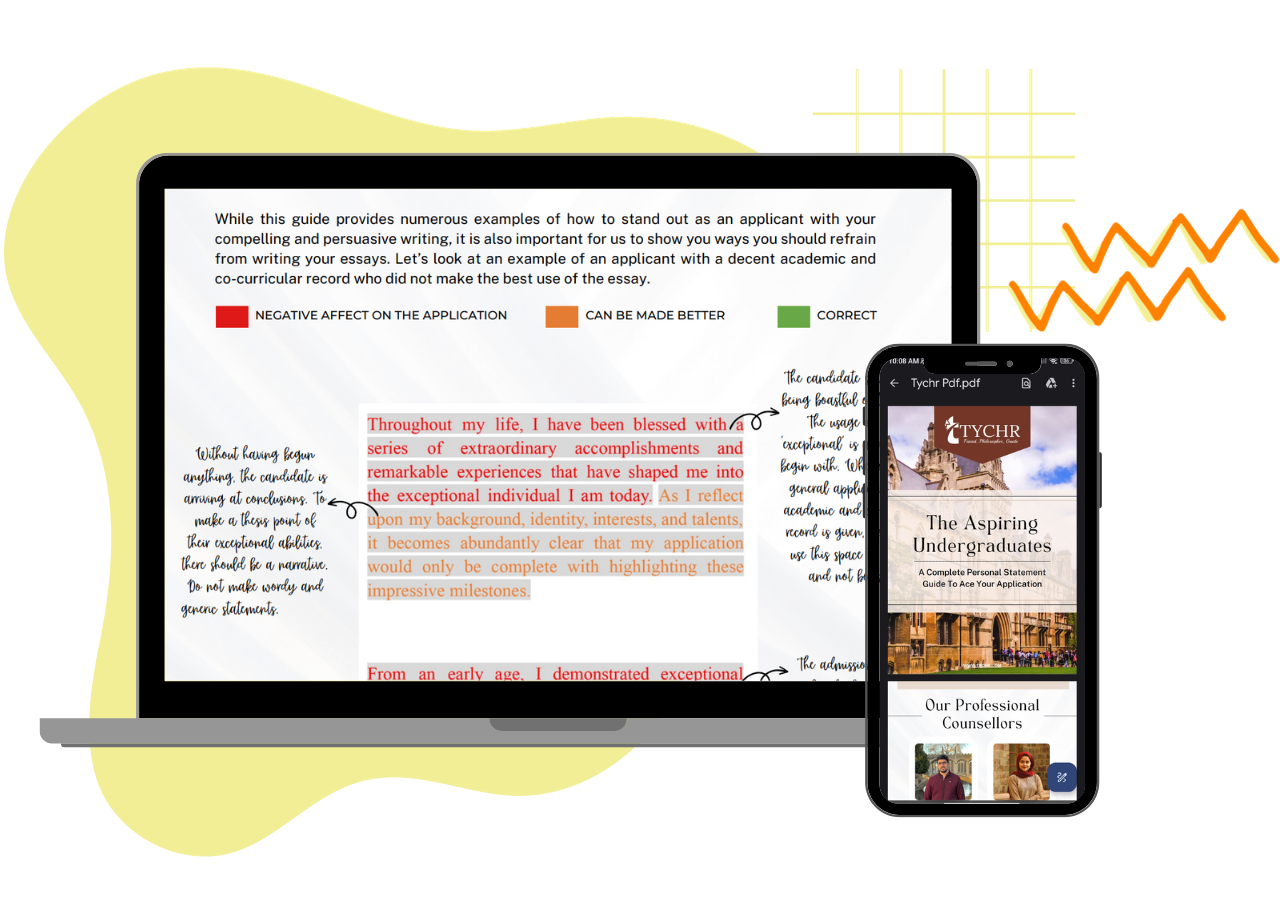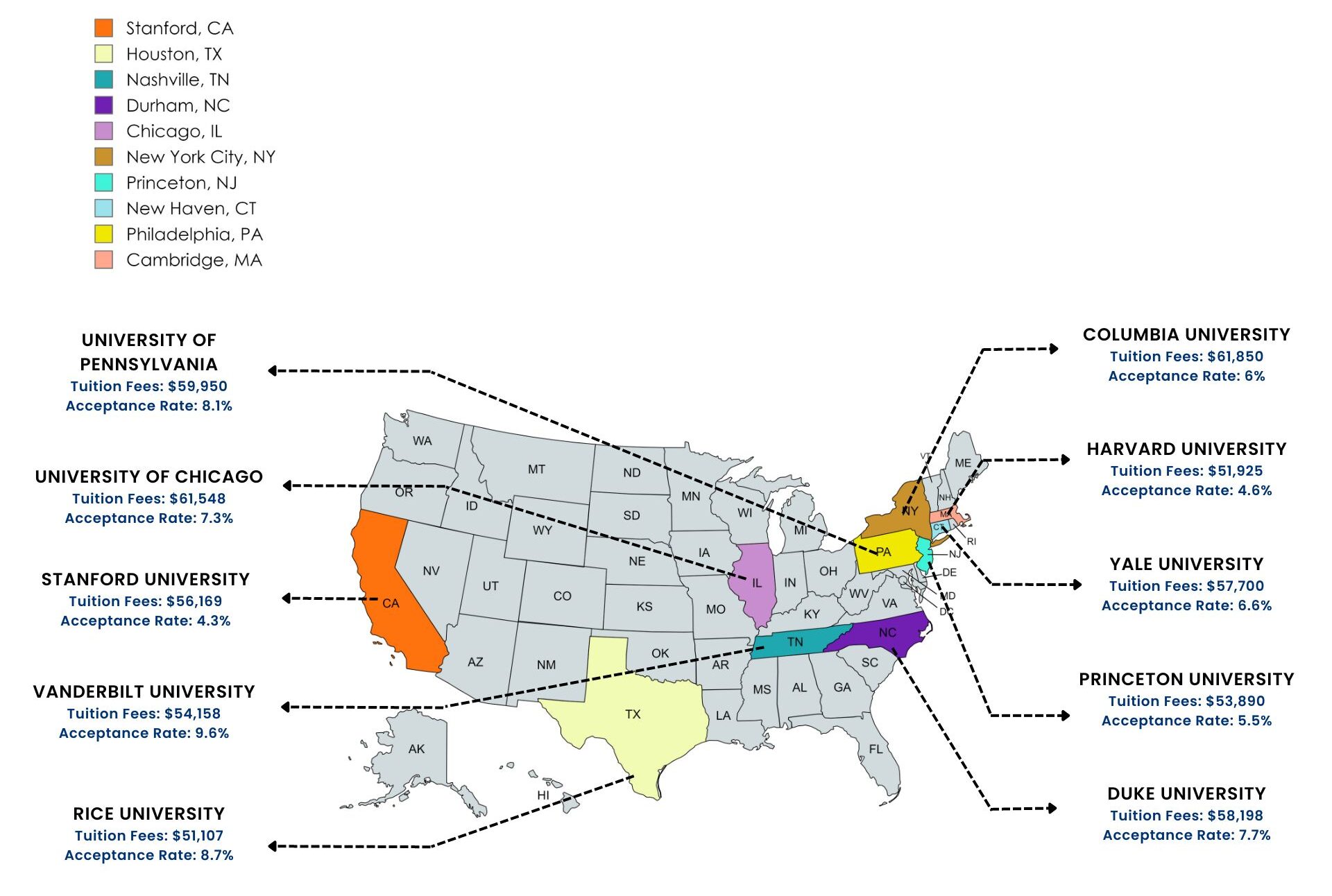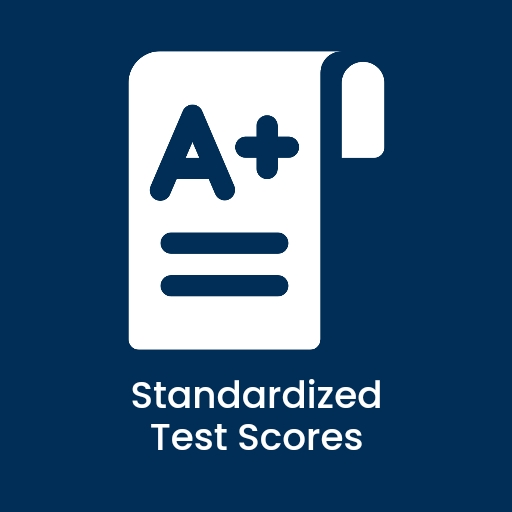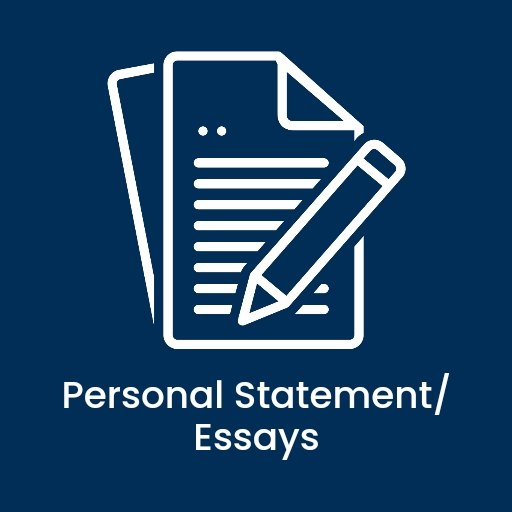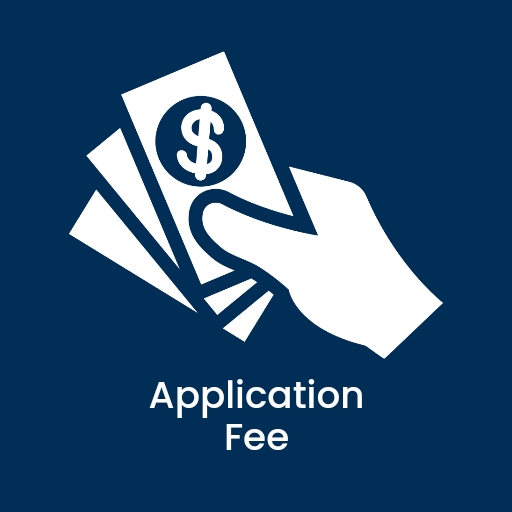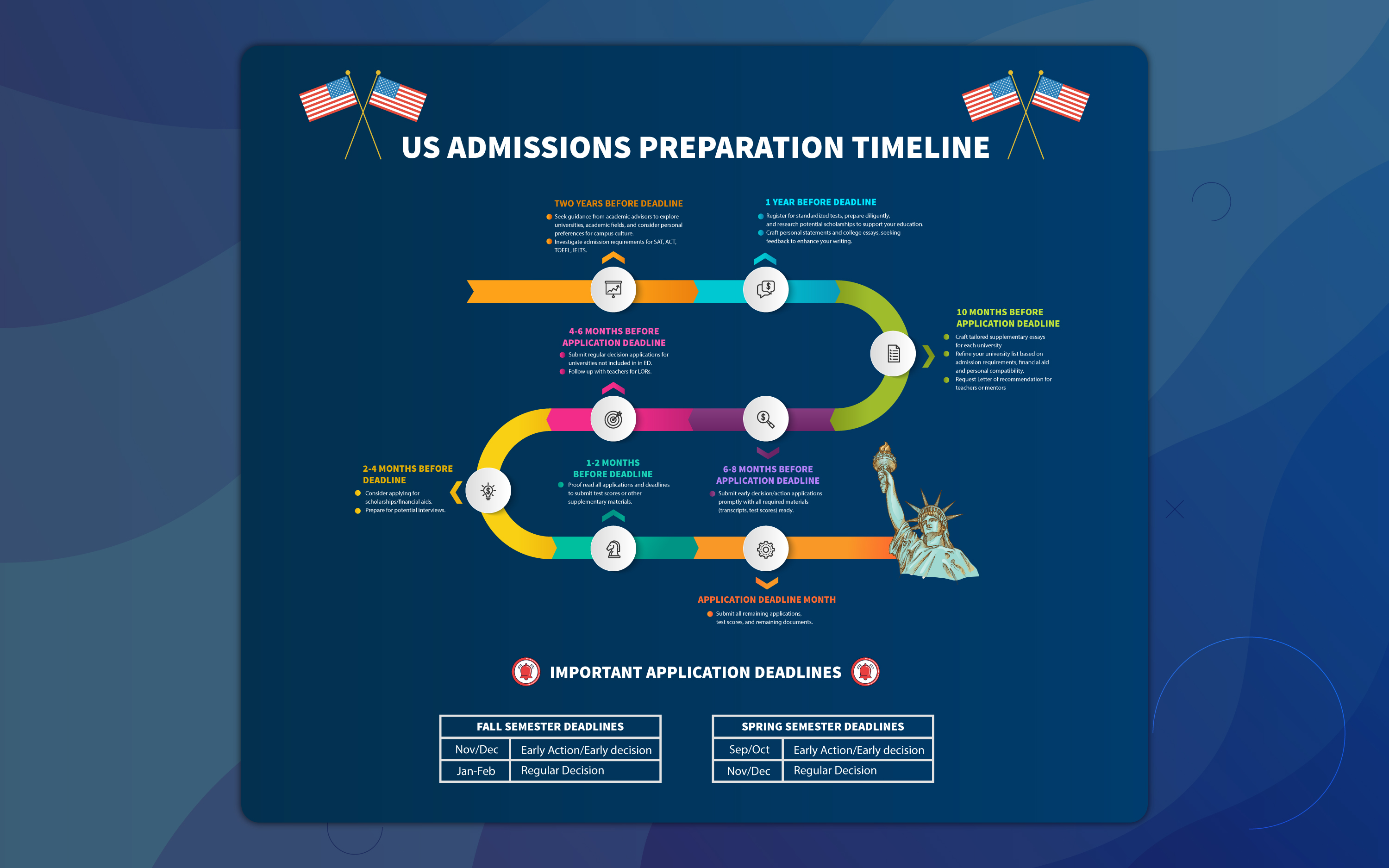Why apply to US universities?
US universities are known for their academic excellence and diverse range of programs across various fields. They offer a wide array of specializations and cutting-edge research opportunities, allowing students to pursue their academic passions and gain in-depth knowledge in their chosen disciplines.
US universities often offer extensive support services, including career counseling, internships, and networking opportunities, enabling students to enhance their professional development and succeed in their chosen career paths.
US universities foster a vibrant and inclusive campus culture, providing students with a rich and diverse community to engage with. The multicultural environment encourages collaboration, promotes global perspectives, and prepares students for a globalized world.
The United States is home to many renowned universities and research institutions, providing access to state-of-the-art facilities and resources. This fosters an environment of innovation and empowers students to contribute to groundbreaking discoveries and advancements.
Overall, applying to US universities opens doors to a world-class education, a stimulating academic environment, and countless opportunities for personal and professional growth.

